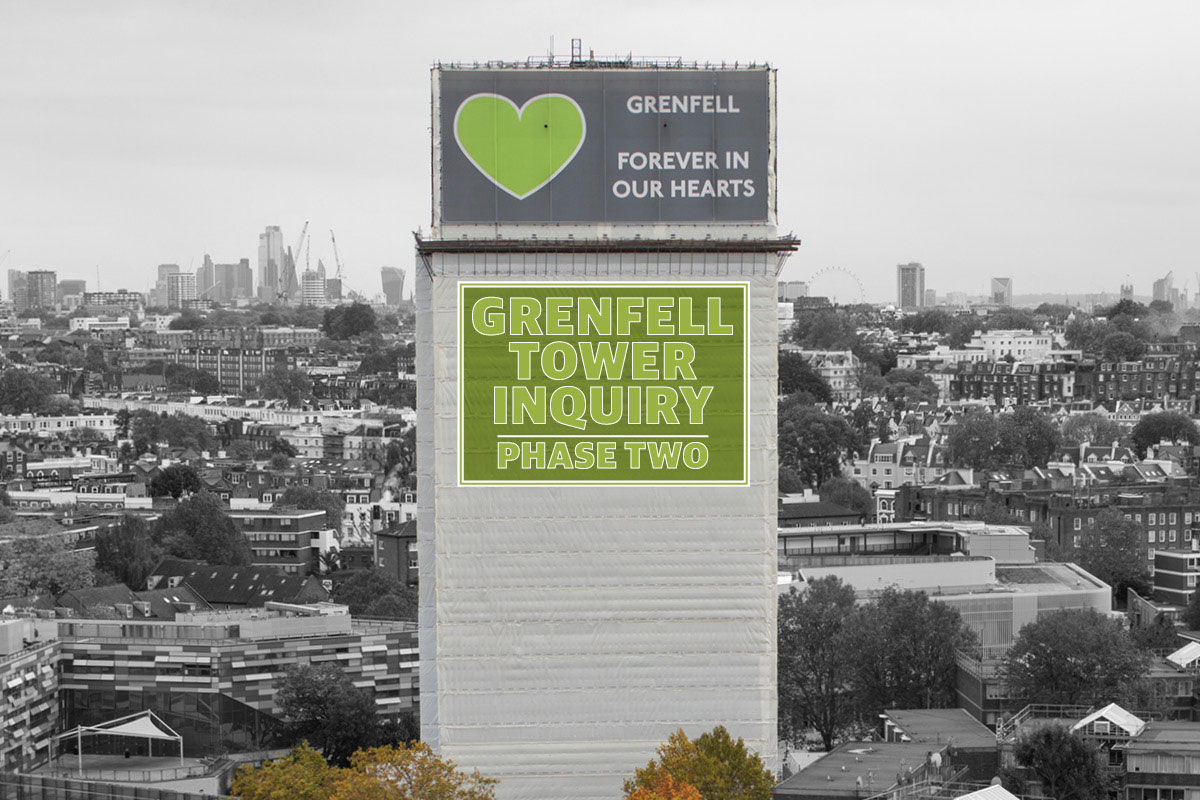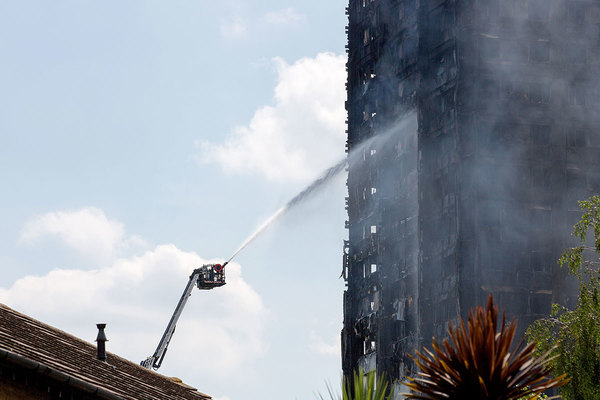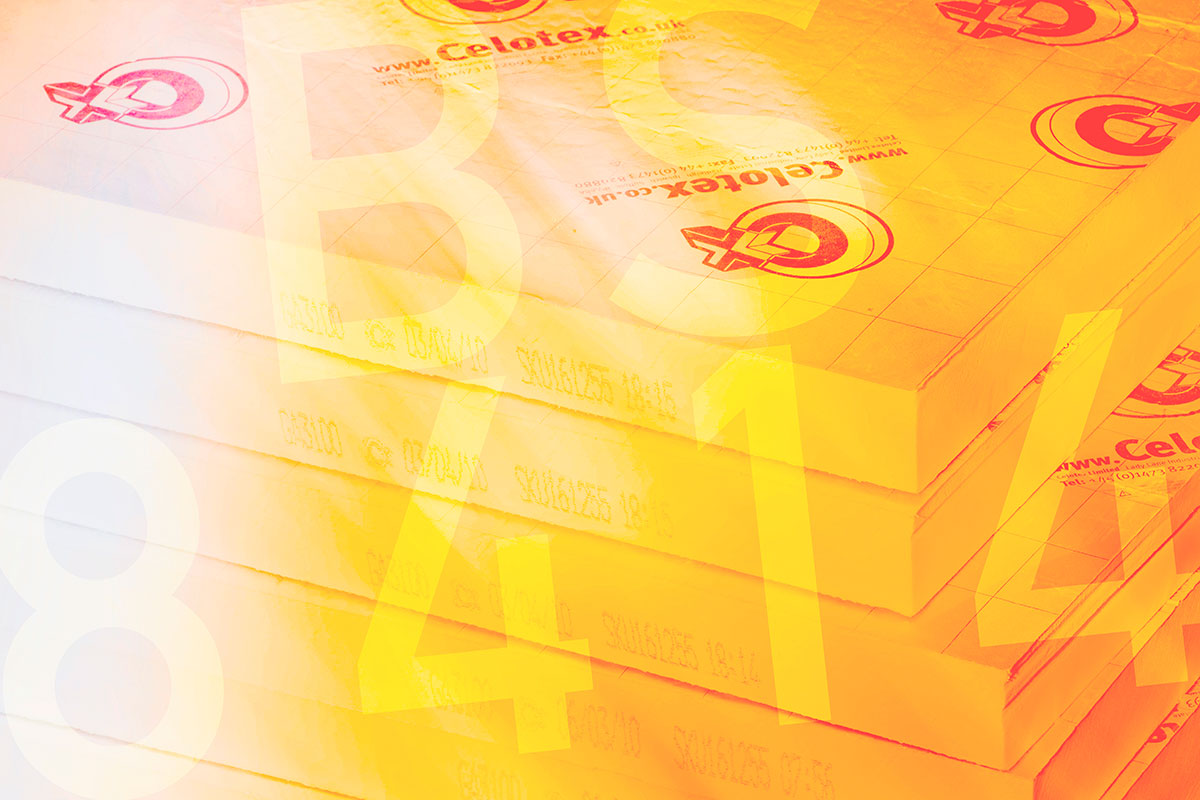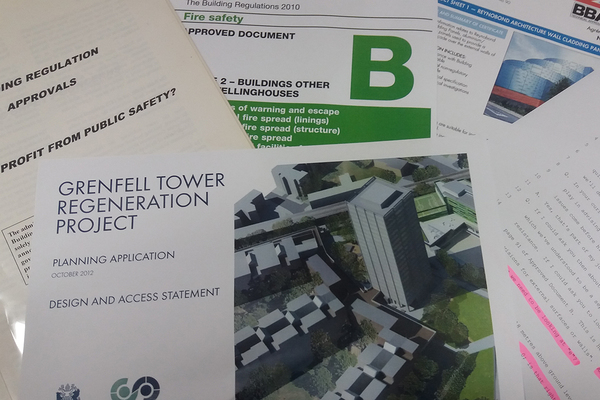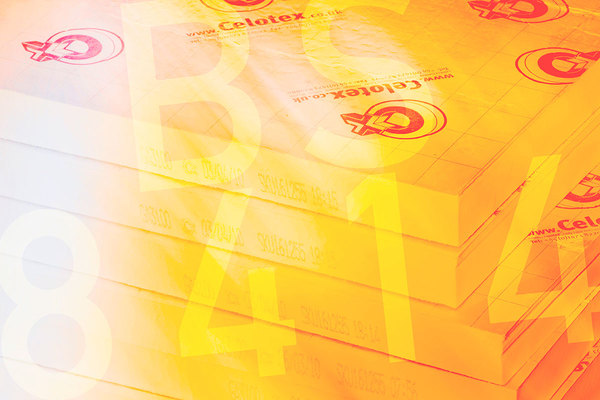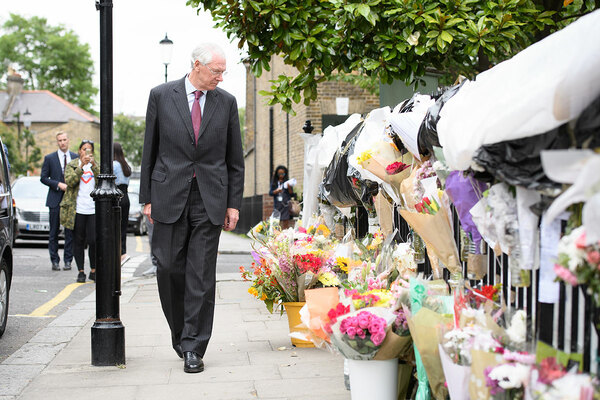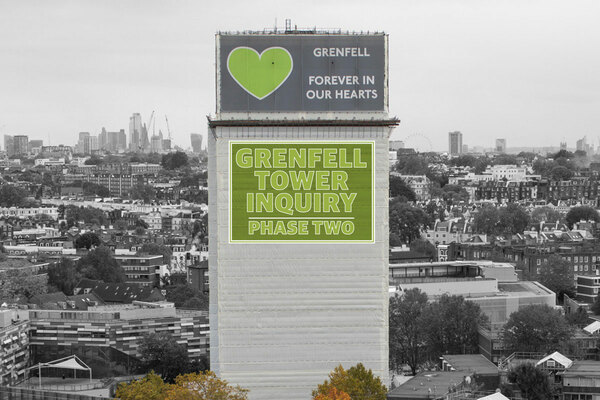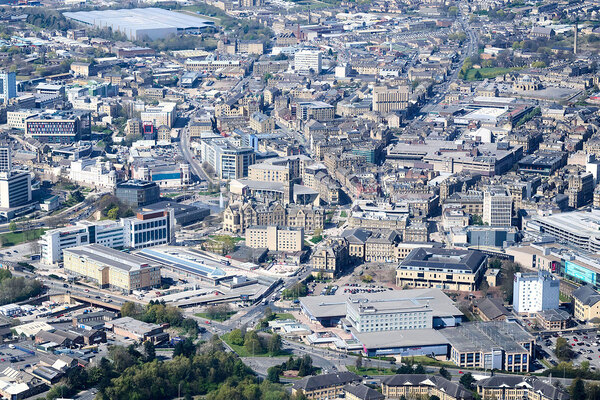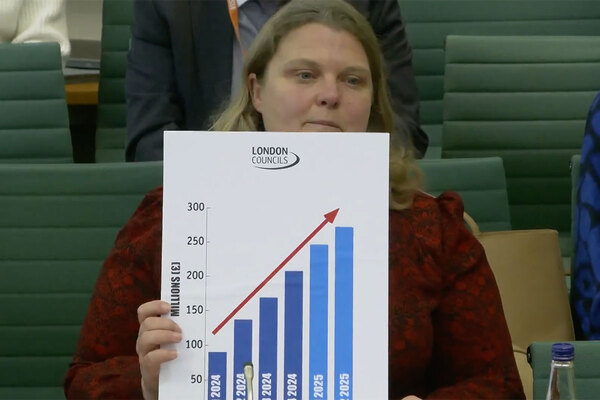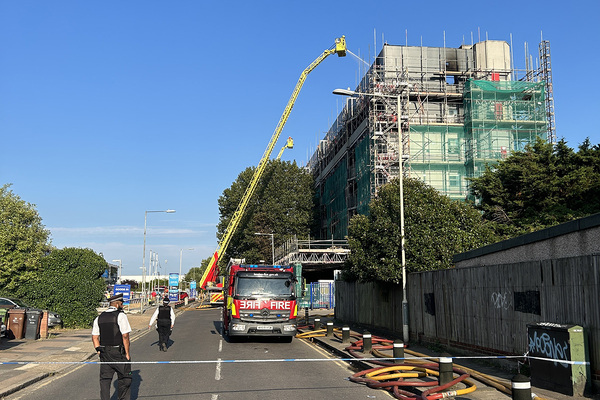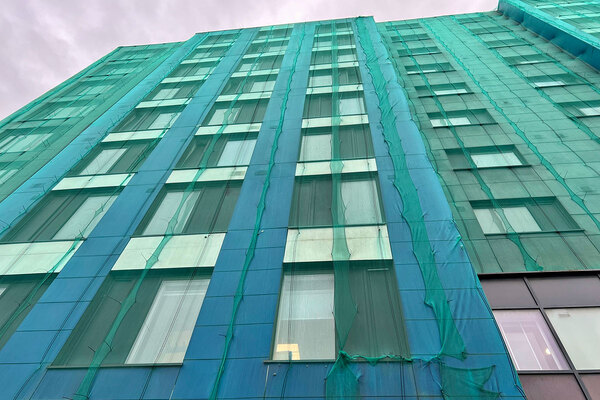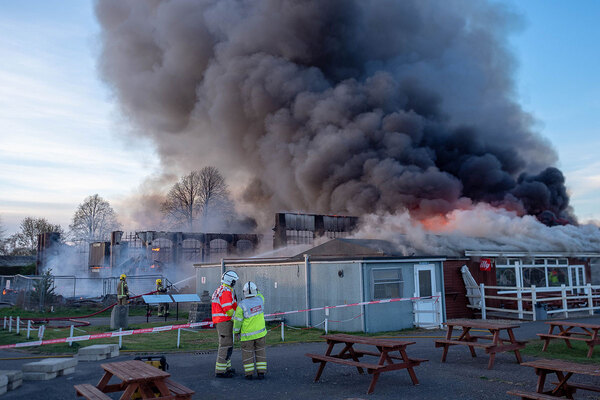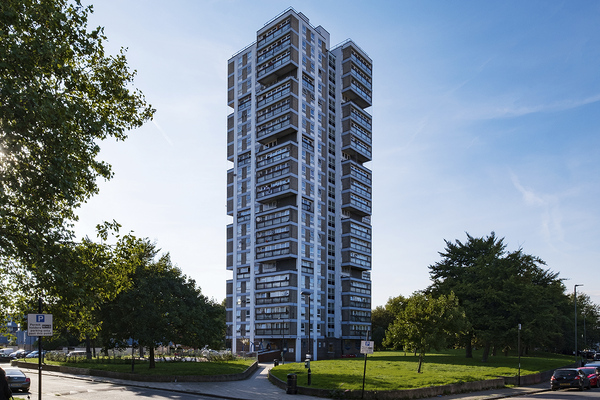Grenfell Tower Inquiry phase two preview: the testing and certification of materials
Ahead of the start of phase two of the Grenfell Tower Inquiry on 27 January, Inside Housing is previewing some of the issues that will be under consideration. In the second of these, Peter Apps looks at the questions that may be raised about the testing and certification of materials. Picture by Getty
“Is the testing, certification and classification regime for external wall materials fit for purpose?”
This question, one of dozens the inquiry will seek to answer in its second phase, will take us into the little-known world of product testing and certification in the construction sector.
Issues have already been raised over the testing and certification of both the cladding and the insulation used at Grenfell.
The insulation
Celotex RS5000, the insulation that covered the majority of Grenfell’s walls, was part of a system that passed a ‘BS 8414’ test at a facility operated by the Building Research Establishment (BRE) in May 2014. The test involves starting a fire in a crib at the base of a cladding system and measuring the spread of flame. The system tested used entirely non-combustible cement fibre cladding and passed.
There are also serious questions about the validity of the test pass itself. An expert report in the first phase claimed, among other things, that additional fire-resisting boards were used and not declared in the test report.
As a result of these concerns, the test certificate was withdrawn by the BRE and manufacturer Celotex apologised for “inaccuracies” in its marketing.
While Celotex reran the test without the inconsistencies in May 2018 and secured a pass, the saga has raised various questions about the transparency of the testing process. It is left up to manufacturers to build the test wall themselves. The BRE has said it is not responsible for checking this is done properly, but the inquiry will likely examine whether this is wise – as it leaves little third-party oversight of the testing.
The test report is deemed commercially confidential under UK Accreditation Service rules. This means builders and inspectors can only ever see the manufacturer’s description of the testing – not the test itself. This means there is no obligation to declare failures.
There are also widespread concerns about the rigour of the BS 8414 test in establishing whether systems are safe. The laboratory conditions reflect perfect workmanship and there is no wind to fan flames or windows to aid its spread. This test methodology has already come under the spotlight and is being reviewed, but further questions could be raised by the inquiry.
The next question is why, if it was tested with non-combustible cement fibre cladding, it ended up installed on buildings combined with a cladding material that burned like solid petrol.
After the test pass was achieved, the insulation was described by Celotex simply as “acceptable for use on buildings above 18m in height”. Although the details about the testing materials were explained in the small print, it is possible some builders believed it was permitted on high rises more generally – an issue the inquiry may seek to explore.
A spokesperson for Celotex said: “Celotex welcomes phase two of the inquiry. As part of phase two, the inquiry will be considering a large number of complex and inter-related issues in connection with the fire, including the design and installation of a multi-component rainscreen cladding system, of which insulation manufactured by Celotex formed one element.
“Celotex made prompt and public announcements concerning the testing of its products in 2017 and 2018. These are available on our website.
“We are committed to assisting the inquiry with its work and re-affirm our deepest sympathies to everyone who has been and continues to be affected by the fire.”
There are also questions about the government guidance on this point, and how it was interpreted. A tweak to official guidance made quietly in the mid-2000s meant a system containing combustible insulation could be used on high rises if they passed one of these tests. Previously, all insulation on buildings above 18m had to be non-combustible.
But the guidance did not specifically demand that a cladding system passed a test. Instead it said that the system should be justified from “full test data”. This opened up a grey area where test data was used to justify new combinations that had not previously been tested.
As a result, wide variations of cladding system were used on the basis of a single test pass.
Industry guidance published by the Building Control Alliance in 2015 formalised this process into a system known as ‘desktop studies’, in which consultant fire engineers were paid to sign off assessments saying a new combination was justified without a fresh test.
There is some debate about whether or not this was ever permissible under official guidance, but what is certain is that government officials were aware it was going on, with a senior civil servant referring to it in a conference presentation in 2016.
Grenfell Tower Inquiry phase two: modules
Inquiry chair Sir Martin Moore-Bick (picture: Getty)
The second phase of the Grenfell Tower Inquiry will be split into eight separate modules. Hearings will begin on Monday 27 January with the first module called ‘The primary refurbishment (overview and cladding)’.
This will include an examination of the decision to carry out the refurbishment and its budget, as well as the procurement of Rydon to act as the ‘design-and-build’ contractor for the job.
The selection of the materials in the cladding system, their compliance with the regulations and the process of building control will also come under the spotlight.
The inquiry will then move on to the testing, certification and marketing of the cladding products used.
Other modules will include active and passive fire prevention features of the tower – such as fire doors, lifts and the smoke control system, the role of central government and further evidence about the preparedness of the fire service.
But the system got even looser than the ‘desktop study’ route to compliance. In 2016, the National House Building Council (NHBC) – the country’s largest building control inspector – revealed that it was signing off common cladding combinations without even asking for a desktop study. Whether this was happening more widely, and whether it reflects what happened at Grenfell (which was signed off by the local authority’s inspectors), will likely be investigated by the inquiry.
Finally, a linked but important point is the issue of smoke toxicity. Celotex RS5000 releases large quantities of toxic smoke when it burns – including cyanide. Our system of building regulations contains no standard for limiting toxic smoke from building products – a status quo the industry has previously lobbied to maintain.
Many of the survivors’ statements referred to the choking, chemical nature of the thick black smoke that filled the stairwells. It is possible that questions will be asked about why this was not policed by our building standards.
The cladding
Arconic’s Reynobond PE products held a certificate from the British Board of Agrément (BBA) that certified them as meeting a ‘Class 0’ standard.
As discussed in yesterday’s preview, this taps into a broader debate about whether or not Class 0 was the applicable standard for cladding panels contained in government guidance. If it was, then the certificate may hold some of the explanation as to how the panels ended up on the tower and others around the country.
But the certificate itself is also likely to come under the spotlight.
It was issued by the BBA, a third-party certifier, in 2008. The BBA does not test products itself but instead reviews testing documents provided by the manufacturer and issues a certificate to assure buyers that they are credible.
Dr Barbara Lane, an expert witness on the Grenfell Inquiry, described the certificate for Arconic’s panels as “factually incorrect” in her evidence in phase one, and said it was issued on the basis of “out-of-date” reports. After Grenfell it emerged that European testing was recording an inferior fire performance for the material.
The BBA, for its part, has said that the testing information the certificate was based on was provided by the manufacturer, Arconic. Questions about what the BBA was shown, what it should have been shown and whether a certification system that places so much weight on disclosure by the product manufacturer is appropriate will likely be raised as phase two explores this issue further.
Independent testing post Grenfell saw the panels fail to obtain a Class 0 rating, which means there will likely also be questions about how it initially obtained the rating and its certificate.
All of these questions add up to an assessment of product testing and certification as a whole: is it transparent enough? Is it tough enough? Do manufacturers have too much control?
The answers could reverberate across the testing industry – in the construction sector and beyond.
Grenfell Tower Inquiry phase two previews
Picture: Getty
Inside Housing published a series of preview articles ahead of the start of Phase Two of the Grenfell Tower Inquiry on Monday 27 January. You can read them here:
What was known in central government about cladding?
What did officials know about the dangers of fire from combustible cladding, and did they act on the warnings?
Click here to read the full story
The testing and certification of materials
What tests and certificates existed for the materials used in the cladding system on Grenfell Tower, and was the system that provided them fit for purpose?
Click here to read the full story
The decision to install the cladding
Who decided to install polyethylene-cored ACM cladding on Grenfell Tower and why?
Click here to read the full story
The fire doors and windows
What went wrong with the fire doors and window installed at the tower?
Click here to read the full story
The warnings of the local community
What did residents say before the fire and why were they ignored?
Click here to read the full story
Over the course of the inquiry, Inside Housing will publish regular news updates on its progress and a weekly round-up of the key evidence and its significance for the social housing sector every Friday afternoon.
